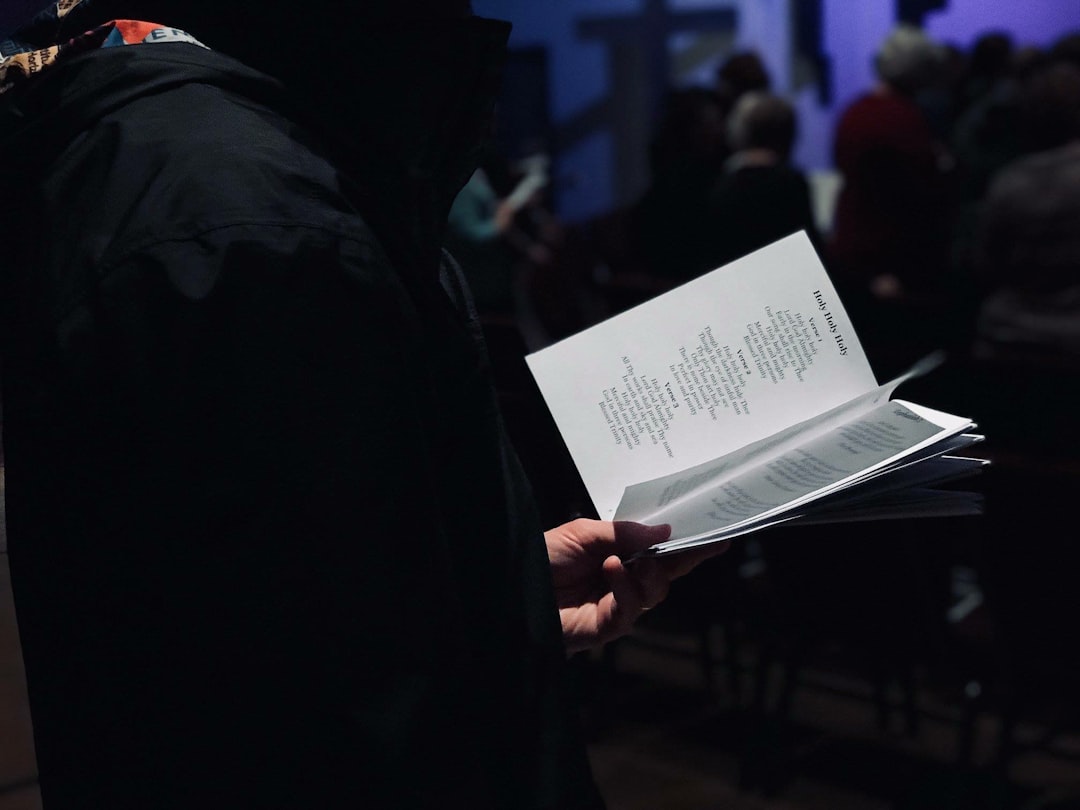What is it about?
This is a 2020 summary of decades of work by an interdisciplinary team at UC Berkeley and the International Computer Science Institute on an embodied theory of language and thought. It contains references and links to all of the key developments in Linguistics, Neuroscience, Computation, implementation, and applications. Active research on Embodied Construction Grammar (ECG) has been suspended and this paper is the archival reference.
Featured Image

Photo by Robina Weermeijer on Unsplash
Why is it important?
There is currently a broad claim that natural language understanding (NLU) has been solved by deep machine learning (ML) . This has led to an extreme decrease of interest in and support for theories and systems based on the structure of language, thought, and neuroscience. A very accessible account of the inadequacy of statistical approaches to NLU can be found in: THE SHALLOWNESS OF GOOGLE TRANSLATE D Hofstadter - The Atlantic, 2018.
Perspectives
Statistical approaches, sometimes called the new AI, are having wide-spread impacts on many scientific and applied domains. This has led to reduced effort on the fundamental structure of phenomena and their realization. This paper summarizes results on NLU, its realization in the brain, and applications of computational models.
Jerry Feldman
Read the Original
This page is a summary of: Advances in Embodied Construction Grammar, Constructions and Frames, July 2020, John Benjamins,
DOI: 10.1075/cf.00038.fel.
You can read the full text:
Resources
Contributors
The following have contributed to this page










